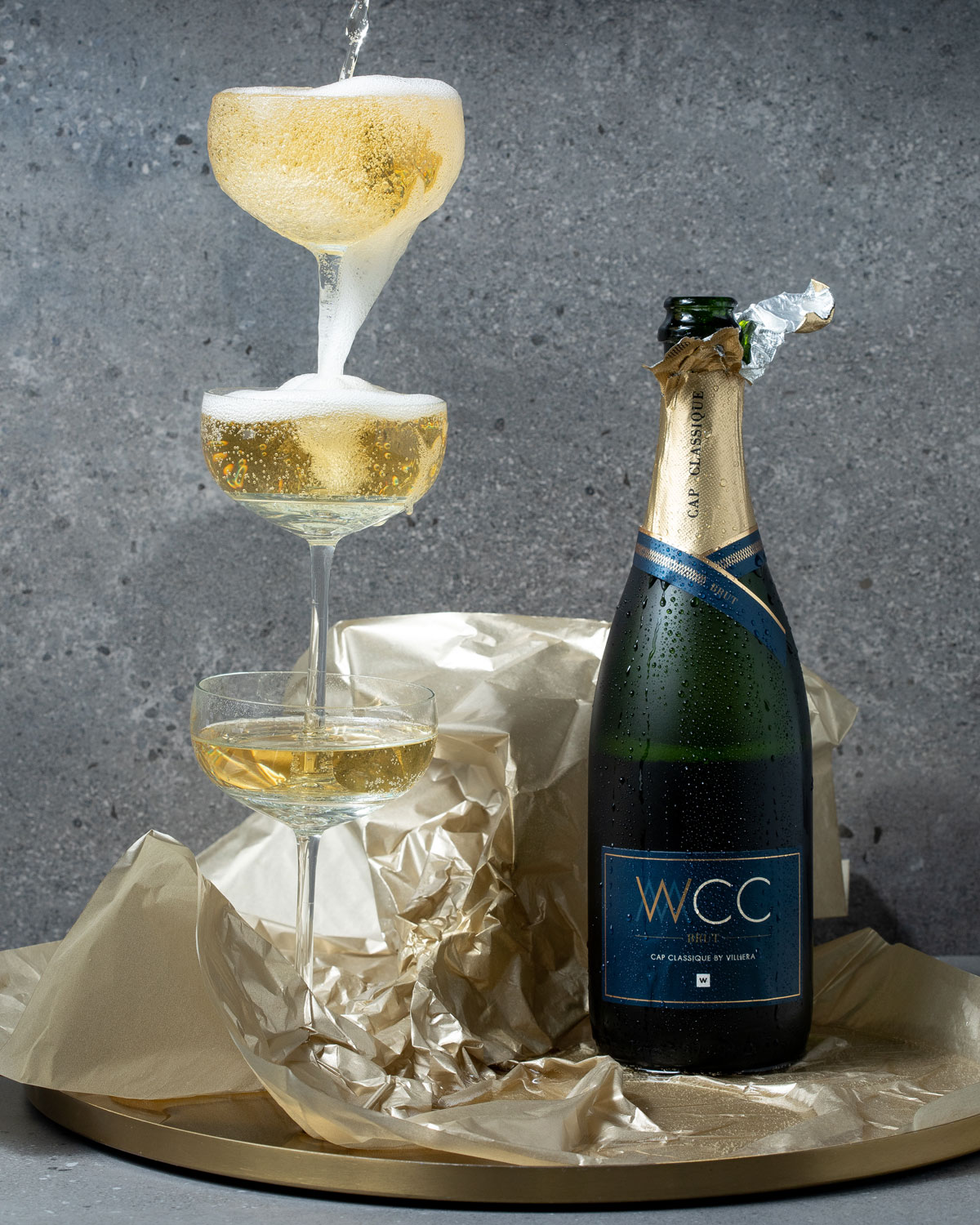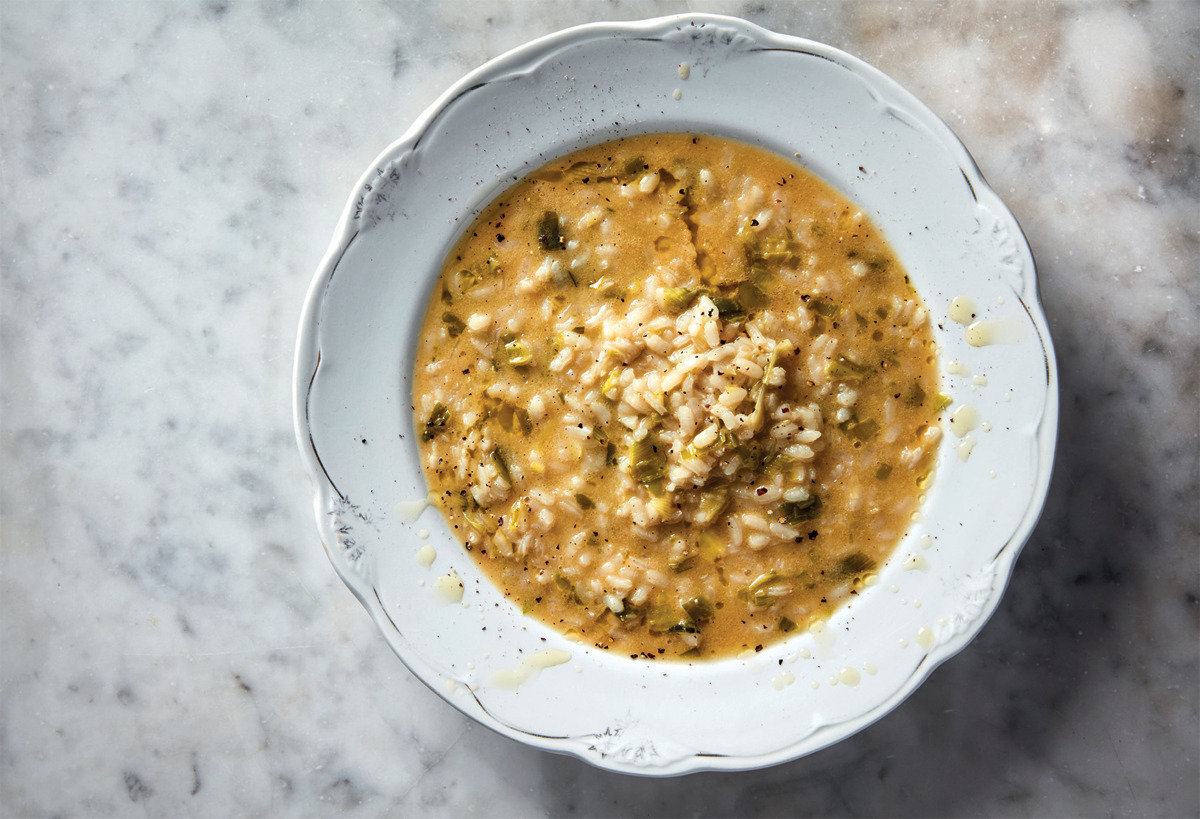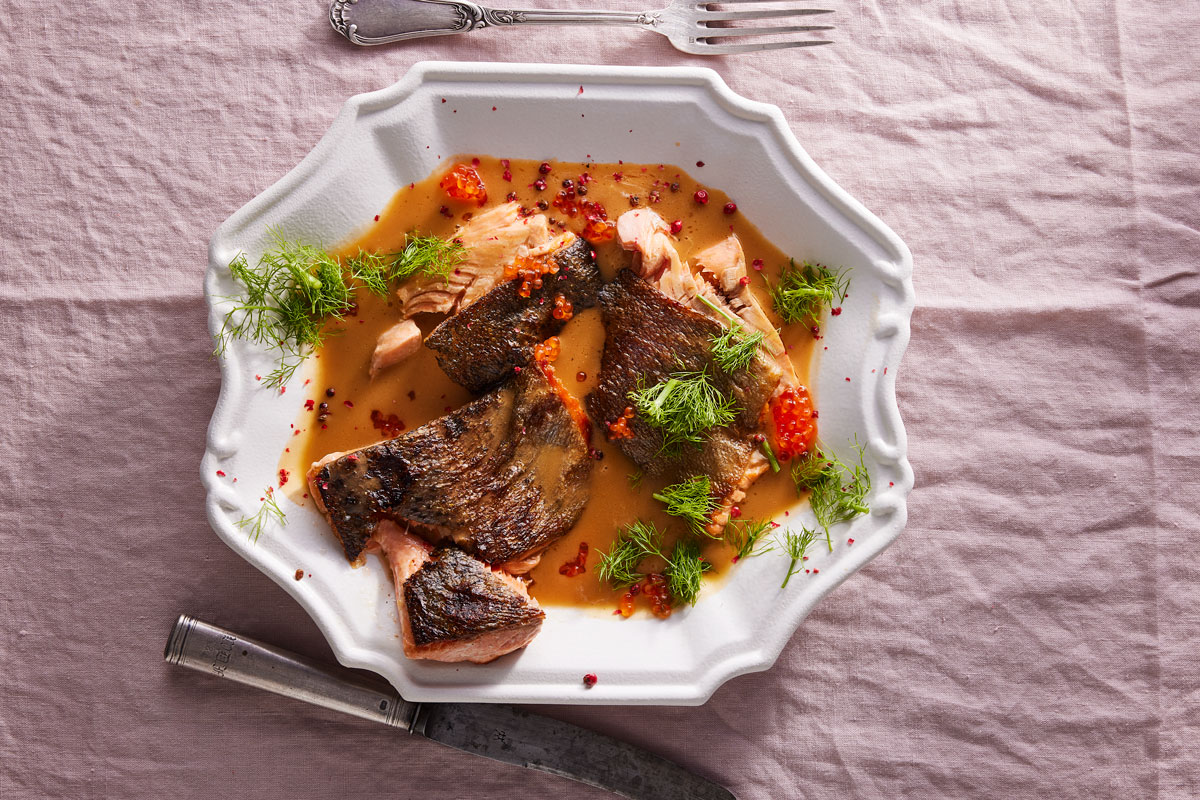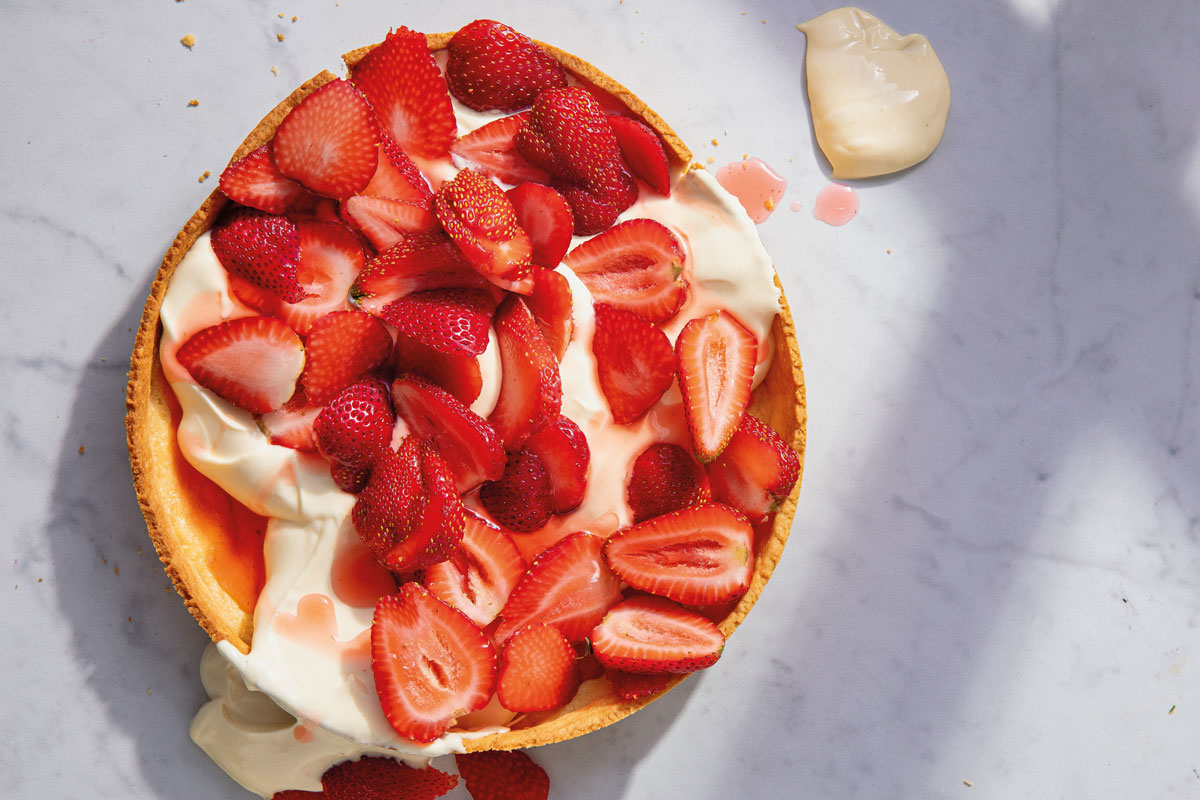5 facts you need to know about Cap Classique
Is there a difference between Cap Classique and Champagne, and what does ‘on the lees’ mean? Here are five facts you should know about South Africa’s premium bottle-fermented sparkling wine.
1. Simonsig made SA’s first bottle-fermented sparkling wine
South Africans drank carbon-dioxide-injected sparkling wines for decades, until winemaker Frans Malan of Simonsig visited Champagne in the late sixties. He returned home inspired to use the classic French method to create a sparkling wine using Chenin Blanc, which was launched in 1973 as the first-ever Kaapse Vonkel. South Africa now has more than 250 producers of bottle-fermented sparkling wine, most often made with classic Chardonnay, Pinot Noir and Pinot Meunier. It was called Méthode Cap Classique (MCC) until 2020, and is now simply called Cap Classique.
2. Cap Classique is made in the same way as Champagne
Although local producers use the traditional French method, only bottle-fermented sparkling wines made in Champagne, France, may be labelled as such. To start the secondary fermentation process, the base wine is bottled with yeast and sugar. The bottles are positioned at an angle in a riddling rack and turned a few degrees daily, allowing the spent yeast cells, or lees, to collect in the necks for easy removal at the end of the ageing period. The winemaker then tops up the bottles with a sugar-and-wine solution (dosage) before they are corked and secured with wire cages.
3. The lees help to develop aromas and textures
As a by-product of fermentation, the lees have a milky appearance and a smooth consistency. Ageing a sparkling wine on the lees lends it typical aromas and textures, including bready or brioche-like characteristics and a creamy mouthfeel. Since 2021, the wine must have spent at least 12 months on the lees to be labelled as a Cap Classique.

4. It’s better to buy a magnum than two 750 ml bottles
A magnum contains 1.5 litres, double the size of the standard bottle, giving you approximately ten glasses of wine depending on the style of glass you use. Other large formats include the Jeroboam (three litres; four standard bottles), the Methuselah (six litres; eight standard bottles), and the Nebuchadnezzar (15 litres; 20 standard bottles). Experts collect large bottles for their ageing potential – more wine in the bottle results in less oxygen contact, meaning slower ageing and greater complexity.
5 Cap Classique can take you from starters to dessert
Like Champagne, Cap Classique is available in a range of styles to suit different taste preferences. Brut Cap Classique contains approximately 12 g of residual sugar per litre and you can expect a perfect balance of acidity, sweetness, flavour and complexity in your glass. It’s a great wine to pair with fish, seafood, creamy pastas and risotto, as well as aged Gouda and Cheddar. Prefer your bubbles sweeter or want to pair it with desserts? Try a demi-sec, which has 32–50 g of residual sugar per litre and is a good match with desserts that aren’t too sweet, particularly if they contain lemon, dark chocolate or berries.
Try pairing your favourite Cap Classique with one of these recipes:
The perfect risotto
Find the recipe for the perfect risotto here.
Vanilla-butter prawn bisque
Find the recipe for vanilla-butter prawn bisque here.
Strawberry tart with lemon posset
Find the recipe for strawberry tart with lemon posset here.







Comments